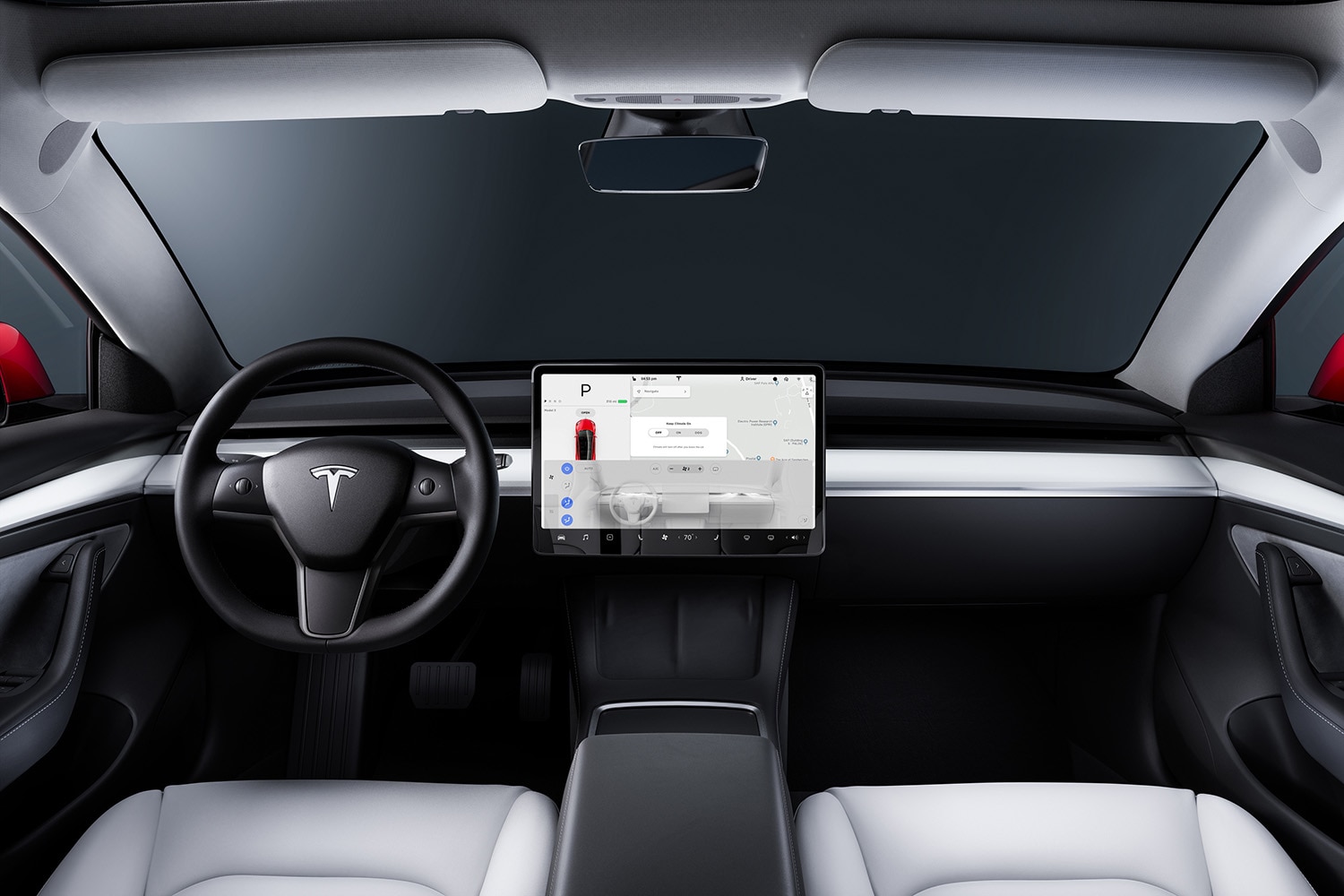How Automakers Approach Drivers With Health Conditions and Disabilities
Carmakers are working toward making vehicles more helpful and accessible, but the promise of fully autonomous vehicles remains unfulfilled.
 Hyundai
Hyundai
Adapted transportation isn't a new concept. Over time, car companies have worked to integrate accessibility tools into their automobiles, and modern technologies have expanded the ways automakers can support drivers who might have difficulty entering, exiting, or operating a vehicle. There has been much progress made in vehicle accessibility areas such as alternative tech displays and health monitoring — despite the fact that truly autonomous vehicles are still more of a goal than a reality.
 Chevrolet
Chevrolet
Carmakers Have Made Improvements for Drivers Hard of Hearing
Advancements in cockpit display design have enabled car companies to explore alternative ways to present important driving information for motorists who are hard of hearing.
Over the past few years, for example, Hyundai in some of its test vehicles has experimented with a head-up display that can visualize sound. The goal is to present environmental sounds (such as sirens and car horns) via recognizable icons while also vibrating the steering wheel to indicate that those vehicles are approaching. This system works in tandem with a steering wheel LED setup that can light up to indicate when to turn while following navigation instructions.
General Motors has long offered a text telephone service for subscribers to its OnStar telematics system. This feature, which is integrated into both GM vehicles and the OnStar mobile phone app, translates voice commands and alerts into text to accommodate drivers who have difficulty speaking or hearing.
 Volkswagen
Volkswagen
Biometrics Can Be Used to Monitor Driver Health
Automakers are becoming increasingly proactive about monitoring the health conditions of drivers in real time. Drivers who have to contend with potentially debilitating conditions such as seizures, migraines, or vertigo may in the future be accommodated by systems that use camera-based technologies to scan for physical cues of an incapacitating health crisis, such as body position and attention level. Those systems could respond to the driver's condition by automatically pulling over and activating the vehicle's hazard flashers. Similar technology may eventually be able to detect if a driver has suffered a heart attack or stroke.
Mazda is one of the early developers of this type of tech, with a system called Co-Pilot offered first in the Japanese market. The tech works through Mazda's Driver Monitoring system, the company says. If the system finds that the driver is incapable of safely operating the vehicle, it takes control.
Volkswagen, meanwhile, offers what it calls Emergency Assist 2.0 in Europe, which is designed to help save unresponsive drivers from a potential crash.
 Tesla
Tesla
Despite Tech Progress, There Are Still No Fully Self-Driving Vehicles
Despite all of these advances, it's instructive to look at an area where the automotive industry has yet to fulfill its ambitions regarding improved accessibility for those with health conditions and disabilities that prevent them from driving.
Autonomous cars were once heralded as the dawn of a new era in transportation, especially for those unable to get behind the wheel themselves. Instead, years after the initial hype about self-driving technologies, there are no commercially available vehicles that can deliver true Level 5 capabilities — on the
Electric vehicle maker Tesla, for instance, cautions that even its feature called Autopilot requires "active driver supervision" and is not intended to make any Tesla vehicle autonomous.



